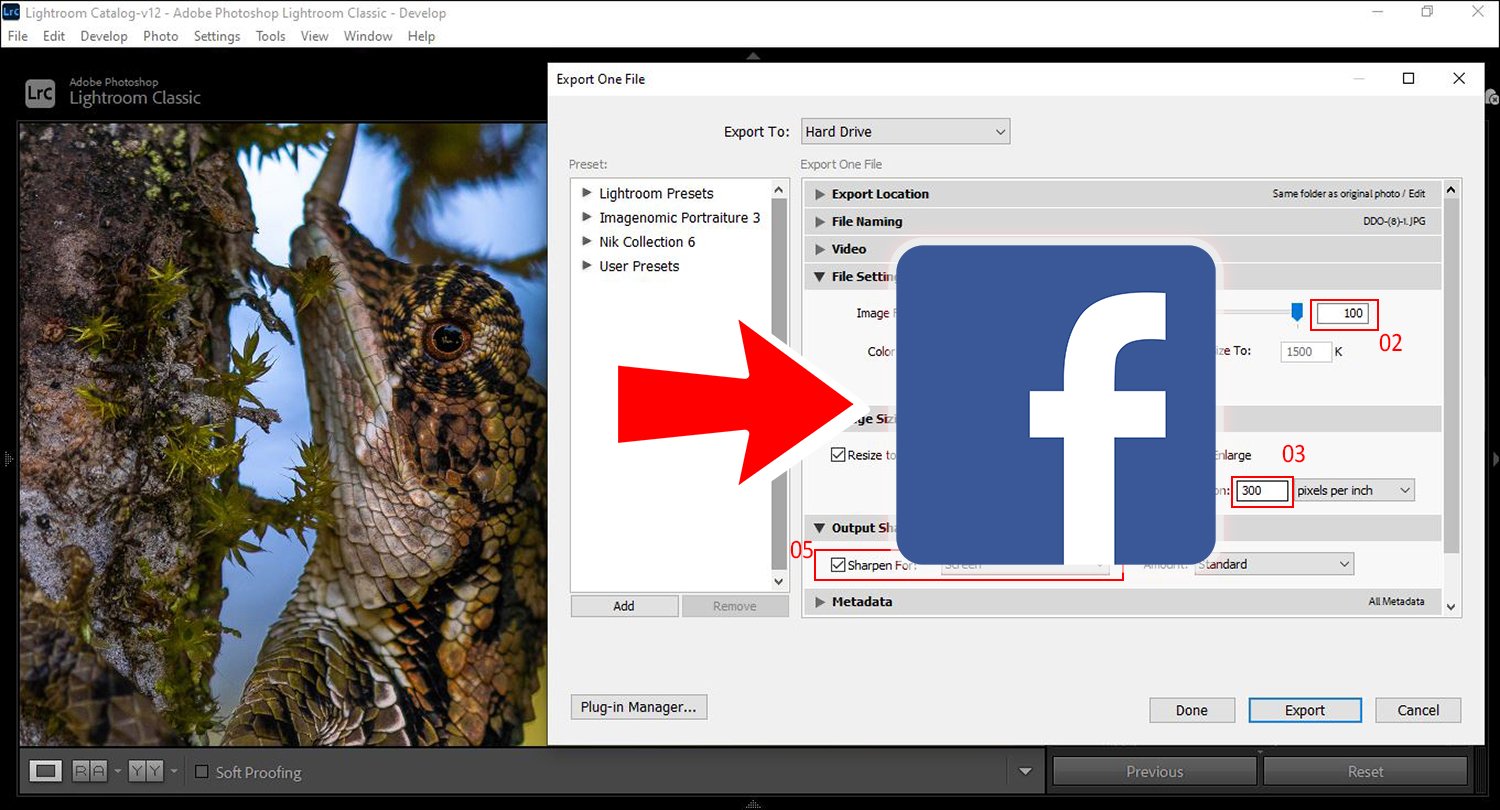Search the blog:
Exploring Slottsskogen Park and Zoo (Slottsskogens djurpark) – A Must-Visit in Gothenburg
Exploring Slottsskogen Park and Zoo (Slottsskogens djurpark)
A Must-Visit in Gothenburg
From moose to penguins, Slottsskogen Zoo offers a unique blend of wildlife, conservation, and nature. All for free in central Gothenburg.
My Visit to the Gothenburg Museum of Natural History: A Journey Through Time and Nature
My Visit to the Gothenburg Museum of Natural History
Whales, Wildlife & Human Evolution in One Place
Explore the Gothenburg Museum of Natural History through immersive exhibits on mammals, birds, evolution, and polar life. A perfect destination for families, travelers, and nature lovers.
How to Use AI Tools for Identifying Animal Species in Wildlife Photos
How to Use AI Tools for Identifying Animal Species in Wildlife Photos.
Discover the Power of AI for Precise Wildlife Photo Analysis.
Discover how AI tools are changing the game in species recognition by turning ordinary wildlife photos into windows into biodiversity. Learn how researchers, photographers, and nature lovers can tap into this tech.
How Pangolin: Kulu’s Journey is Raising Global Awareness
Netflix’s Pangolin: Kulu’s Journey.
Netflix’s Must-Watch Wildlife Documentary That Will Change You.
Pangolins are the world’s most trafficked mammals, but few know their story. Netflix’s Pangolin: Kulu’s Journey sheds light on the heartbreaking reality of poaching and the fight to save these endangered creatures. Watch the incredible rescue and rehabilitation of Kulu, the baby pangolin who captured the world’s heart.
Earth Day 2025: How Small Actions Can Make a Big Impact on Our Planet
Earth Day 2025
How Small Actions Can Make a Big Impact on Our Planet.
Discover how small, everyday choices—from reducing plastic waste to choosing sustainable travel—can create a ripple effect for a healthier planet. This Earth Day, learn how nature lovers, photographers, and wildlife enthusiasts can drive change.
Why Second-Hand Fashion is the Future: The Rise of Sustainable Style
Why Second-Hand Fashion Is Taking Over the World
Sustainable Style Revolution
Fast fashion is fading, and second-hand style is rising! Discover why thrifted fashion is the future, how it’s saving the planet, and why vintage finds are cooler than ever.
Brazil vs. USA: A Deep Dive into Wildlife Biodiversity, Conservation, and Iconic Species (2025 Update)
Brazil vs USA Wildlife
Biodiversity, Iconic Animals, and Top Destinations in 2025
Discover the wildlife wonders of Brazil and the USA! Which country boasts the most biodiversity? Explore top nature destinations, rare species, and conservation efforts.
20 Sustainable Development and Environmental-Related Online Courses
20 Online Courses on Sustainable Development and Environment
Skills Matter Now More Than Ever
Discover 20 top-rated online courses on sustainable development, environmental management, and sustainability design. Perfect for students, engineers, and nature lovers passionate about making a positive impact on the planet.
Food Security in Sustainable Food Production
Sustainable Food Production
Safeguarding Nature and Food Security
Discover how sustainable farming can preserve wildlife habitats, reduce waste, and ensure food security for generations. Join us in making mindful choices to protect our planet!
10 Everyday Tips for Sustainable Living That Will Change Your Life!
Everyday Tips for Sustainable Living.
Create a Greener Life!
Discover 10 easy and actionable sustainable living tips to transform your daily habits. Learn how embracing eco-friendly practices can improve your life while protecting the planet.
The Ethics of Wildlife Photography: What You Need to Know!
Wildlife Photography Ethics
How to Capture Wildlife Photos Respectfully and Responsibly
Learn the key principles of ethical wildlife photography. Discover how to respect animal boundaries, protect habitats, and capture stunning photos while preserving nature.
Your Ultimate Guide to Discovering the Best Wildlife Parks in the UK
The Best Wildlife Parks in the UK
Why These Are the Best Wildlife Parks in the UK
Explore the best wildlife parks in the UK, from Paradise Wildlife Park to Highland Wildlife Park. Learn about attractions, conservation efforts, and family-friendly activities!
10 Essential Tips for Preparing for Wildlife Photography Contests Like a Pro
Master Wildlife Photography Contests
Guide to Preparing for Wildlife Photography Competitions
Learn the essential tips for succeeding in wildlife photography contests. From understanding guidelines to capturing exceptional shots, become a pro in the field.
10 Essential Tips for Capturing Stunning Wildlife Photos Like a Pro!
10 Essential Wildlife Photography Tips for Stunning Shots
Techniques & Equipment Guide
Discover how to elevate your wildlife photography with these 10 expert tips. Learn about animal behavior, camera settings, composition, and ethical practices.
Sony Alpha 7R V: A Comprehensive Review for 2025
Sony Alpha 7R V Review 2025
A Best Mirrorless Camera for Photography and Video
Explore the 61MP Sony Alpha 7R V, a mirrorless camera redefining photography with AI-driven autofocus, 8K video, and stunning performance in 2025.
Are Disposable Cameras Bad for the Environment in 2025?
Disposable Cameras vs. Sustainability
Are Disposable Cameras Bad for the Environment?
Explore whether disposable cameras are harming the environment in 2025. Learn about their impact, alternatives, and how to recycle correctly.
Why Yorkshire Wildlife Park Should Be Your Next Destination in 2025
Yorkshire Wildlife Park
Where Wildlife and Families Meet
Yorkshire Wildlife Park offers a unique experience with diverse wildlife, camping, and magical events like Winter Illuminations. A must-visit for nature lovers!
Secret Valley Wildlife Park in County Wexford, Ireland
Secret Valley Wildlife Park, Ireland
Over 40 Species Await You
Discover Secret Valley Wildlife Park in County Wexford, Ireland! A family-friendly wildlife sanctuary with over 40 animal species, daily keeper talks, and hands-on experiences.
Wingham Wildlife Park: Experience Over 200 Species in Kent
Wingham Wildlife Park
Experience Over 200 Species in Kent
Plan a day out at Wingham Wildlife Park, featuring majestic tigers, playful lemurs, and a commitment to wildlife conservation.
Celebrating World Sparrow Day 2025 on March 20
Celebrating World Sparrow Day 2025 on March 20
A Call to Protect Our Feathered Friends
March 20 is World Sparrow Day. Join the movement to protect sparrows and explore their vital role in maintaining ecological harmony and urban biodiversity.
Welcome to My Blog
Embark on a journey through the lens as I share my passion for wildlife photography. 📸✨ Whether you’re an experienced photographer, an aspiring artist, or simply someone who marvels at the beauty of nature, this blog is for you.
🌿 Explore Practical Tips and Personal Reflections: Dive into my articles where I delve into various topics, from practical techniques to heartfelt reflections. Learn how to capture that perfect shot, understand animal behavior, and immerse yourself in the wild.
🏆 Stay Updated on Wildlife Photography Competitions: As an avid photographer, I keep you informed about the latest competitions, events, and opportunities. Sharpen your skills, participate, and showcase your talent on the global stage.
🌍 Discover Breathtaking Destinations: Join me as we traverse the globe, from the lush jungles of Sri Lanka to the vast savannas of Africa. Let’s uncover hidden gems and iconic locations where wildlife thrives.
🗣️ Engage and Share: Your feedback matters! Don’t hesitate to share your thoughts in the comment section. Let’s learn, grow, and inspire each other. Together, we’ll celebrate the wonders of the natural world.
📩 Connect with Me: Need more details about a specific article? Reach out—I’m here to connect with fellow enthusiasts like you. Let’s capture the essence of wildlife, one frame at a time.
Happy reading! 🌟🦁🌿

















































